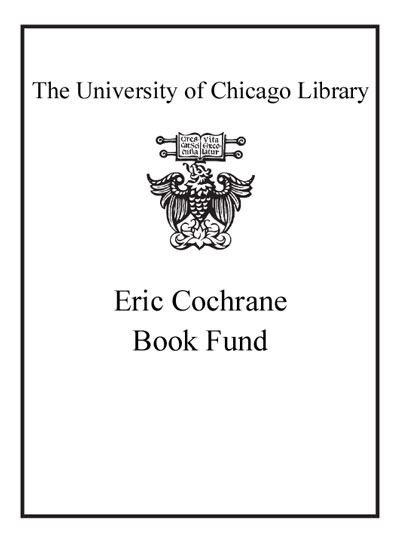Review by Publisher's Weekly Review
The third of eight surviving children, Isabella de' Medici (1542-1576) was unusually close to her father, Cosimo, the powerful grand duke of Tuscany who built the Uffizi, and whose protection allowed her to live an autonomous, glittering Florentine life apart from her debt-ridden, abusive, playboy husband in Rome. After Cosimo's death in 1574, his spiteful eldest son and heir, Francesco, eager to make his mistress, the first lady of Florence, reneged on the inheritance Cosimo left Isabella and her children and effectively banished her lover from Florence by branding him a murderer. When the treasonous behavior and extramarital affairs of Isabella's sister-in-law Leonora became a symbol for the anarchy of Francesco's court, Francesco sanctioned Leonora's murder at her husband's hands and, soon after, Isabella's murder by her husband as well. Like the Kennedys or Windsors, the Medicis are a dynasty brimming with biographical gold, and this supple, smart account of a lesser-known daughter will engage modern readers as it vivifies both Renaissance Florence and an extraordinary woman who paid the ultimate price for flouting her era's traditional gender roles. Murphy (The Pope's Daughter) is an art history professor at UC-Riverside. A Medici family tree, map of Florence and b&w illustrations of Renaissance Florence are welcome embellishments. (Apr.) (c) Copyright PWxyz, LLC. All rights reserved
(c) Copyright PWxyz, LLC. All rights reserved
Review by Library Journal Review
Cosimo the Elder (1389-1464) and Lorenzo (1449-92) of the Medici family so dominate the history of Renaissance Florence as to make their successors seem nonentities. But not all of them were. Cosimo the Great (1519-74) consolidated the family's fortune and ended his days as grand duke of Tuscany, elevating himself above his many peers in Italy. Cosimo's favorite daughter, Isabella, was, according to historian and biographer Murphy (The Pope's Daughter: The Extraordinary Life of Felice Della Rovere), the very model of a Renaissance princess-forceful and passionate. Handed off in marriage to cement a political alliance, Isabella was able to maintain independence from her husband while her father lived. But when Cosimo died, Isabella's house of cards tumbled-her brutish husband, smarting over Isabella's adultery with a condottiere from his own family, took her to a country villa and strangled her. Her malevolent brother, now head of the family, may have connived in her murder. This scrupulously researched book narrates a little-known episode in Renaissance history. In the process, it says much about the sources of-and limits to-a woman's power in 16th-century Italy. Recommended for academic libraries and larger public collections.-David Keymer, Modesto, CA (c) Copyright 2010. Library Journals LLC, a wholly owned subsidiary of Media Source, Inc. No redistribution permitted.
(c) Copyright Library Journals LLC, a wholly owned subsidiary of Media Source, Inc. No redistribution permitted.
Review by Publisher's Weekly Review
Review by Library Journal Review

